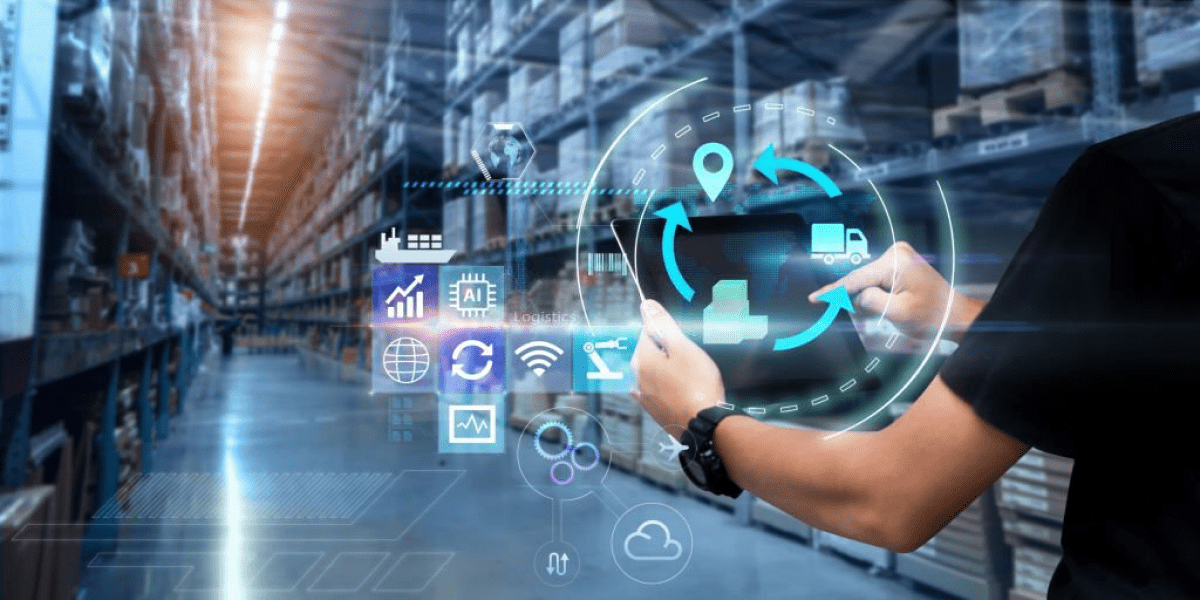Table of content
Today, the importance of data science in business and commerce is well established, and there are numerous pathways to equip us to use these concepts, including online courses and on-the-job training. This has resulted in the much-discussed "democratization" of data science, which will impact a large number of the trends of data science discussed below in 2023 and beyond.Data science is the study and application of big data, predictive analytics, and artificial intelligence. If data is the oil of the information age and machine learning is the engine, data science is the digital domain's equivalent to the physical principles that govern combustion and piston movement.
A critical element to remember is that as the necessity of data literacy grows, the science behind it becomes more accessible. Ten years ago, it was regarded as a specialized crossover subject that bridged statistics, mathematics, and computing and was taught at only a few universities.
The Impactful Trends of Data Science Technologies
TinyML
Big Data is frequently referred to as the exponential development in the amount of digital data generated, collected, and analyzed. However, it is not only the large data; the machine learning algorithms that we employ to process it can also be pretty large. GPT-3, the world's largest and most intricate language modeling system, contains around 175 billion parameters.
Defense against global warming
Climate change has reached a tipping point for the planet. According to the Intergovernmental Panel on Climate Change (IPCC), carbon dioxide emissions must be reduced by approximately 45 percent from 2010 levels to avert irreversible damage to our planet. According to the World Economic Forum, data can help make this a reality. The California Air Resources Board, Plant Laboratories, and the Environmental Defense Fund actively collaborate on a Climate Data Partnership. This centralized reporting platform will aid in the development of more targeted climate control measures.
The concept is that combining many overlapping data initiatives – including two satellite deployments to monitor climate change from orbit - will emerge a complete image of the planet's current state. The data from these satellites, combined with data from organizations monitoring deforestation and other sources on the ground, will assist us in answering the big issues about climate change and bring greater transparency to the way global supply chains affect the globe.
Investing in the developing world's empowerment
Numerous projects aim to assist underdeveloped countries in leveraging analytics, but a lack of infrastructure and a scarcity of data frequently prevents them from succeeding. That may soon change. At the moment, developing-world countries are rapidly gathering data on various topics, including weather patterns, disease outbreaks, and day-to-day life. Simultaneously, Microsoft, Amazon, Facebook, and Google all sponsor analytics programs in these areas to ensure that they can maximize the value of this data. If the projects are effective, these countries will be significantly better positioned to boost agricultural productivity, minimize the danger of extreme weather events, manage disease epidemics such as Ebola, increase life expectancy, and improve the general quality of life.
Data scientists' resources
Data scientists now have more chances than ever to engage in social issues. Since its inception in 2013, the now-global Data Science for Social Good fellowship has hosted an annual event in which data scientists work to 'address the issues that truly matter. 'Previously, its programs have employed analytics to enhance results for rough sleepers in the United Kingdom, increase the speed of biomedical research reviews, and identify kids who are most likely to fail academically. Similarly, data scientists with a competitive streak may already be familiar with the Kaggle tournaments — some of which focus on social issues, such as identifying households in dire need of welfare support. As technology advances, trends of data science influence on the world around us will grow, and in certain cases, it will be our best hope for resolving some of the planet's most critical problems.
AutoML
"Automated machine learning" is a contraction of the phrase "automated machine learning." AutoML is an intriguing trend accelerating the "democratization" of data science noted at the beginning of the piece. The developers of autoML solutions seek to create tools and platforms that anyone may use to design their machine learning applications. It is intended at subject matter experts in particular, whose specialized expertise and insights position them in an ideal position to discover answers to the most pressing challenges in their industries but who frequently lack the coding skills necessary to apply AI to those problems.
Quite frequently, a data scientist's time will be consumed by data cleansing and preparation — tasks that demand data expertise and are frequently repetitive and monotonous. At its most fundamental level, autoML is automating those processes, but it also entails modeling and developing algorithms and neural networks. The goal is that, very soon, anyone with a problem to solve or an idea to test will be able to apply machine learning via simple, user-friendly interfaces that obscure the inner workings of machine learning, freeing people to focus on their solutions. By 2022, we're likely to have taken a significant step toward making this a daily occurrence.
The Internet of Things is Growing at a Breakneck Pace
According to IDC, investments in Internet of Things technology are likely to hit $1 trillion by the end of this year—a clear sign of the anticipated development in smart and connected gadgets. Numerous people already use applications and gadgets to operate home equipment such as furnaces, freezers, air conditioners, and televisions. All of these are examples of popular IoT technology—even if people are unaware of it. Google Assistant, Amazon Alexa, and Microsoft Cortana are examples of smart devices that enable us to automate daily operations in our homes seamlessly. It's only a matter of time before corporations begin utilizing these gadgets and their associated business applications and increasing their investments in this technology. Manufacturing is most likely to experience breakthroughs, such as using IoT to optimize a production floor.
The Evolution of Big Data Analytics
One of the most exciting trends of Data Science, Big Data Analytics. Effective big data analysis unquestionably aids firms in achieving their major objectives and gaining a considerable competitive advantage. Today, businesses analyze their big data using various tools and technologies, including Python. Taking it a step further, we observe an increasing number of businesses concentrating on determining the causes of current events. That is where predictive analytics comes into play, by assisting businesses in identifying trends and forecasting what may occur in the future. Using predictive analysis, for example, can assist in identifying client interests based on their purchasing and/or browsing history. Sales and marketing professionals can study these patterns in order to develop more targeted tactics for acquiring new clients and retaining existing ones. Additionally, businesses such as Amazon utilize prediction models to supply warehouses based on neighborhood demand.
The Ascendancy of Edge Computing
Today, sensors play a significant role in propelling edge computing forward. This progress will largely continue due to the IoT's expansion and eventual takeover of mainstream computing platforms. This technology enables organizations to store streaming data close to their sources and evaluate it in real time. Additionally, edge computing is a viable alternative to big data analytics, which requires high-end storage devices and significantly more network bandwidth space. With the number of devices and sensors gathering data expanding dramatically, an increasing number of businesses are embracing edge computing for its capabilities in overcoming bandwidth, latency, and connectivity challenges. Additionally, merging edge computing and cloud technologies enables the creation of a synchronized infrastructure capable of minimizing and mitigating risks associated with data analysis and administration.
Conclusion
A decade ago, data science was an unheard-of concept. Today, it is inextricably interwoven into our daily lives. Data on the spaces we inhabit, the streets we traverse, the food we consume, the air we breathe, and the purchases we make are collected, saved, and analyzed to forecast our future needs. This is true for the life of a nomadic herder in the Sahel who is uninvolved with the vast network of government - or philanthropic-funded satellites tracking climate change and market shifts to understand her needs and choices better, as well as for the silicon valley tycoon who is seeking out and vetting her next investment. Which trends of data science are you most excited about? Share your thoughts in the comments below.




